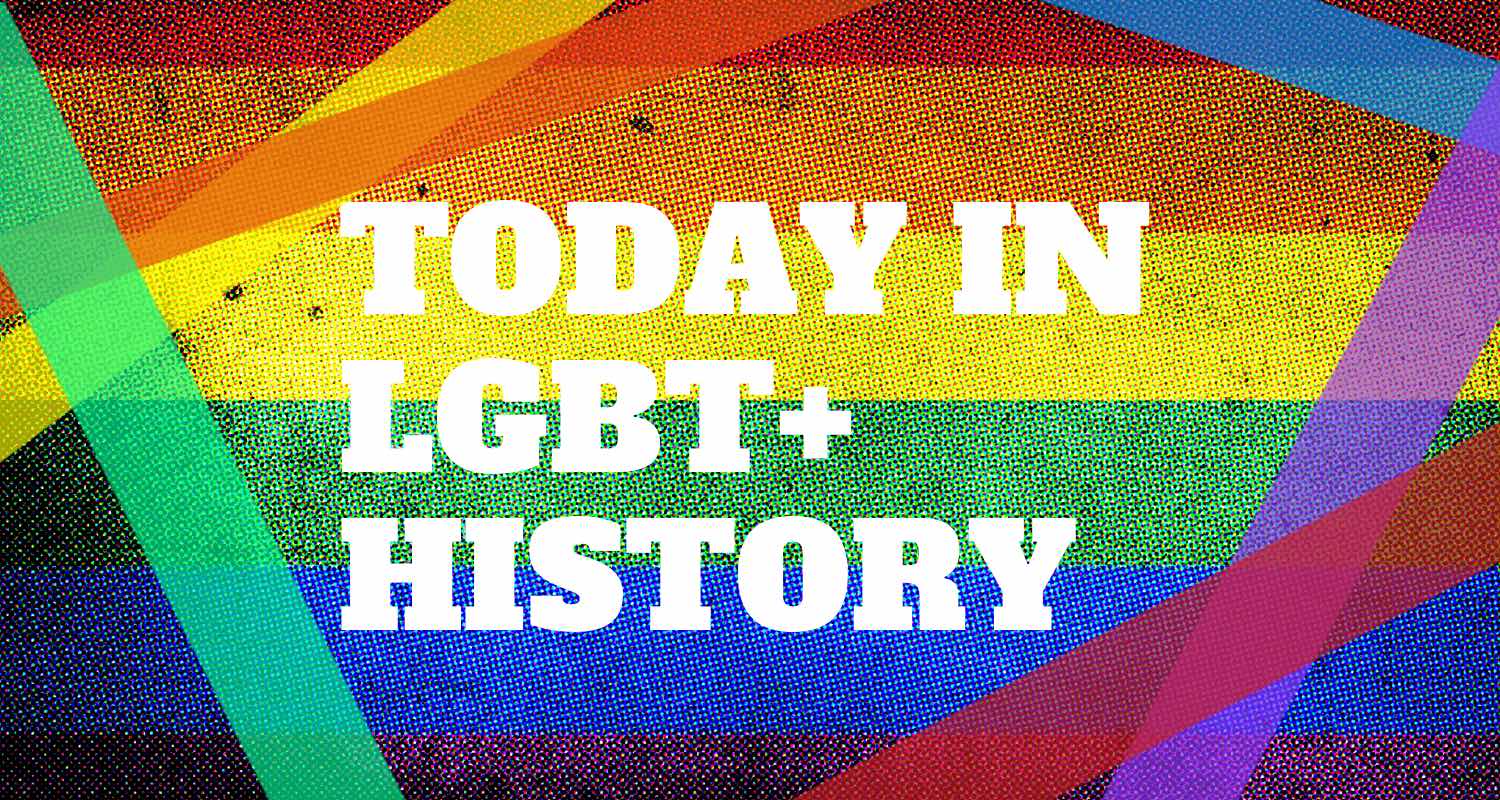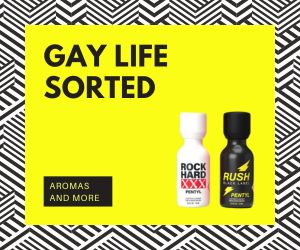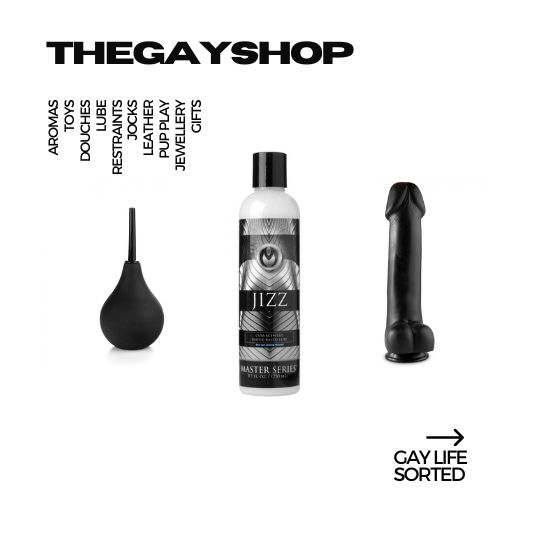The Stonewall riots were a series of spontaneous, violent demonstrations by members of the gay community against a police raid that took place in the early morning hours of June 28, 1969, at the Stonewall Inn in the Greenwich Village neighbourhood of New York City. They are widely considered to constitute the single most important event leading to the gay liberation movement and the modern fight for gay and lesbian rights in the United States.[2]3
Gay Americans in the 1950s and 1960s faced a legal system more anti-homosexual than those of some Warsaw Pact countries.[4] Early homophile groups in the U.S. sought to prove that gay people could be assimilated into society, and they favored non-confrontational education for homosexuals and heterosexuals alike. The last years of the 1960s, however, were very contentious, as many social movements were active, including the African American Civil Rights Movement, the Counterculture of the 1960s, and antiwar demonstrations. These influences, along with the liberal environment of Greenwich Village, served as catalysts for the Stonewall riots.
Gay Americans in the 1950s and 1960s faced a legal system more anti-homosexual than those of some Warsaw Pact countries.[4] Early homophile groups in the U.S. sought to prove that gay people could be assimilated into society, and they favored non-confrontational education for homosexuals and heterosexuals alike. The last years of the 1960s, however, were very contentious, as many social movements were active, including the African American Civil Rights Movement, the Counterculture of the 1960s, and antiwar demonstrations. These influences, along with the liberal environment of Greenwich Village, served as catalysts for the Stonewall riots.
Very few establishments welcomed openly gay people in the 1950s and 1960s. Those that did were often bars, although bar owners and managers were rarely gay. At the time, the Stonewall Inn was owned by the Mafia.[5][6] It catered to an assortment of patrons and was known to be popular among the poorest and most marginalized people in the gay community: drag queens, representatives of a newly self-aware transgender community, effeminate young men, male prostitutes, and homeless youth. Police raids on gay bars were routine in the 1960s, but officers quickly lost control of the situation at the Stonewall Inn. They attracted a crowd that was incited to riot. Tensions between New York City police and gay residents of Greenwich Village erupted into more protests the next evening, and again several nights later. Within weeks, Village residents quickly organized into activist groups to concentrate efforts on establishing places for gays and lesbians to be open about their sexual orientation without fear of being arrested.
After the Stonewall riots, gays and lesbians in New York City faced gender, race, class, and generational obstacles to becoming a cohesive community. Within six months, two gay activist organisations were formed in New York, concentrating on confrontational tactics, and three newspapers were established to promote rights for gays and lesbians. Within a few years, gay rights organizations were founded across the U.S. and the world. On June 28, 1970, the first Gay Pride marches took place in New York, Los Angeles, San Francisco7 and Chicago commemorating the anniversary of the riots. Similar marches were organized in other cities. Today, Gay Pride events are held annually throughout the world toward the end of June to mark the Stonewall riots.[8]
The Raid
At 1:20 AM on Saturday, June 28, 1969, four plainclothes policemen in dark suits, two patrol officers in uniform, and Detective Charles Smythe and Deputy Inspector Seymour Pine arrived at the Stonewall Inn’s double doors and announced “Police! We’re taking the place!”[56] Stonewall employees do not recall being tipped off that a raid was to occur that night, as was the custom. According to Duberman (p. 194), there was a rumor that one might happen, but since it was much later than raids generally took place, Stonewall management thought the tip was inaccurate. Days after the raid, one of the bar owners complained that the tipoff had never come, and that the raid was ordered by the Bureau of Alcohol, Tobacco, and Firearms, who objected that there were no stamps on the liquor bottles, indicating the alcohol was bootlegged. David Carter presents information[57] indicating that the Mafia owners of the Stonewall and the manager were blackmailing wealthier customers, particularly those who worked in the Financial District. They appeared to be making more money from extortion than they were from liquor sales in the bar. Carter deduces that when the police were unable to receive kickbacks from blackmail and the theft of negotiable bonds (facilitated by pressuring gay Wall Street customers), they decided to close the Stonewall Inn permanently. Two undercover policewomen and two undercover policemen had entered the bar earlier that evening to gather visual evidence, as the Public Morals Squad waited outside for the signal. Once inside, they called for backup from the Sixth Precinct using the bar’s pay telephone. The music was turned off and the main lights were turned on. Approximately 205 people were in the bar that night. Patrons who had never experienced a police raid were confused. A few who realized what was happening began to run for doors and windows in the bathrooms, but police barred the doors. Michael Fader remembered, “Things happened so fast you kind of got caught not knowing. All of a sudden there were police there and we were told to all get in lines and to have our identification ready to be led out of the bar.” The raid did not go as planned. Standard procedure was to line up the patrons, check their identification, and have female police officers take customers dressed as women to the bathroom to verify their sex, upon which any men dressed as women would be arrested. Those dressed as women that night refused to go with the officers. Men in line began to refuse to produce their identification. The police decided to take everyone present to the police station, after separating those cross-dressing in a room in the back of the bar. Maria Ritter, who was known as Steve to her family, recalled, “My biggest fear was that I would get arrested. My second biggest fear was that my picture would be in a newspaper or on a television report in my mother’s dress!”[58] Both patrons and police recalled that a sense of discomfort spread very quickly, spurred by police who began to assault some of the lesbians by “feeling some of them up inappropriately” while frisking them.[59]The police were to transport the bar’s alcohol in patrol wagons. Twenty-eight cases of beer and nineteen bottles of hard liquor were seized, but the patrol wagons had not yet arrived, so patrons were required to wait in line for about 15 minutes.[58] Those who were not arrested were released from the front door, but they did not leave quickly as usual. Instead, they stopped outside and a crowd began to grow and watch. Within minutes, between 100 and 150 people had congregated outside, some after they were released from inside the Stonewall, and some after noticing the police cars and the crowd. Although the police forcefully pushed or kicked some patrons out of the bar, some customers released by the police performed for the crowd by posing and saluting the police in an exaggerated fashion. The crowd’s applause encouraged them further: “Wrists were limp, hair was primped, and reactions to the applause were classic.”[60]
When the first patrol wagon arrived, Inspector Pine recalled that the crowd—most of whom were homosexual—had grown to at least ten times the number of people who were arrested, and they all became very quiet.[61] Confusion over radio communication delayed the arrival of a second wagon. The police began escorting Mafia members into the first wagon, to the cheers of the bystanders. Next, regular employees were loaded into the wagon. A bystander shouted, “Gay power!”, someone began singing “We Shall Overcome”, and the crowd reacted with amusement and general good humor mixed with “growing and intensive hostility”.[62] An officer shoved a transvestite, who responded by hitting him on the head with her purse as the crowd began to boo. Author Edmund White, who had been passing by, recalled, “Everyone’s restless, angry, and high-spirited. No one has a slogan, no one even has an attitude, but something’s brewing.”[63] Pennies, then beer bottles, were thrown at the wagon as a rumor spread through the crowd that patrons still inside the bar were being beaten.
A scuffle broke out when a woman in handcuffs was escorted from the door of the bar to the waiting police wagon several times. She escaped repeatedly and fought with four of the police, swearing and shouting, for about ten minutes. Described as “a typical New York butch” and “a dyke–stone butch”, she had been hit on the head by an officer with a baton for, as one witness claimed, complaining that her handcuffs were too tight.[64] Bystanders recalled that the woman, whose identity remains unknown,[note 3] sparked the crowd to fight when she looked at bystanders and shouted, “Why don’t you guys do something?” After an officer picked her up and heaved her into the back of the wagon,[65] the crowd became a mob and went “berserk”: “It was at that moment that the scene became explosive”
Read more from Wikipedia
[4] Carter, p. 15.
[5] a b c Duberman, p. 183.
[6] Carter, pp. 79–83.
[8] “Pride Marches and Parades”, in Encyclopedia of Lesbian, Gay, Bisexual, and Transgender History in America, Marc Stein, ed. (2004), Charles Scribner’s Sons.
[56] Carter, p. 137.
[57] Carter, p. 96–103
[58] Carter, p. 142
[59] Carter, p. 141.
[60] Teal p.2
[61] Carter, p. 147.
[62] Carter, p. 147–148.
[63] Carter, p. 148.
[64] Duberman, p. 196.
[65] Carter, p. 152



